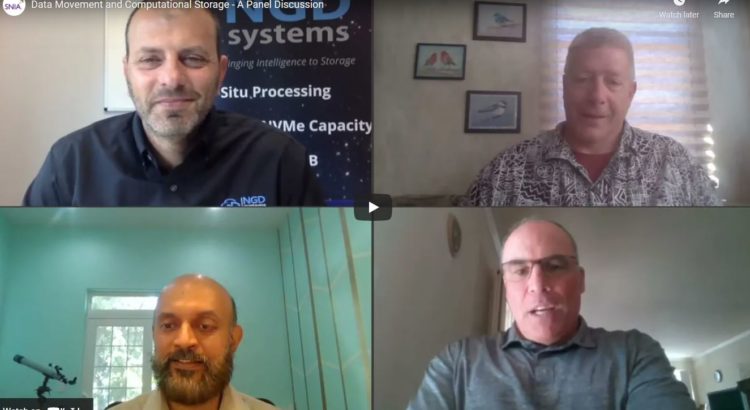A wide variety of data types are recorded on a range of data storage technologies, and businesses need to ensure data residing on data storage devices and media are disposed of in a way that ensures compliance through verification of data eradication.
When media are repurposed or retired from use, the stored data often must be eliminated (sanitized) to avoid potential data breaches. Depending on the storage technology, specific methods must be employed to ensure that the data is eradicated on the logical/virtual storage and media-aligned storage in a verifiable manner.
Existing published standards such as NIST SP 800-88 Revision 1 (Media Sanitization) and ISO/IEC 27040:2015 (Information technology – Security techniques – Storage security) provide guidance on sanitization, covering storage technologies from the last decade but have not kept pace with current technology or legislative requirements.
New standard makes conformance clearer
Read More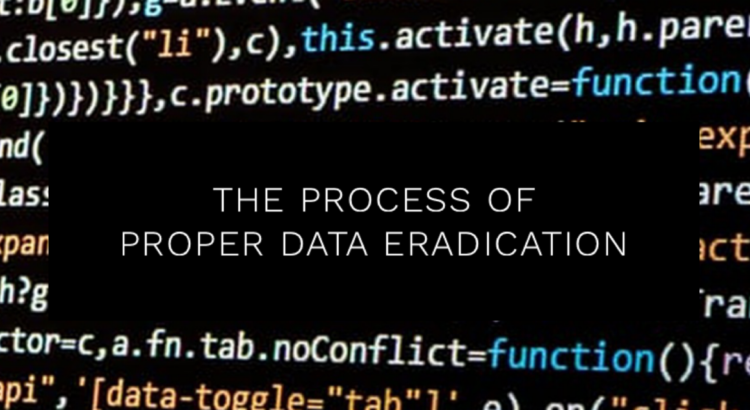
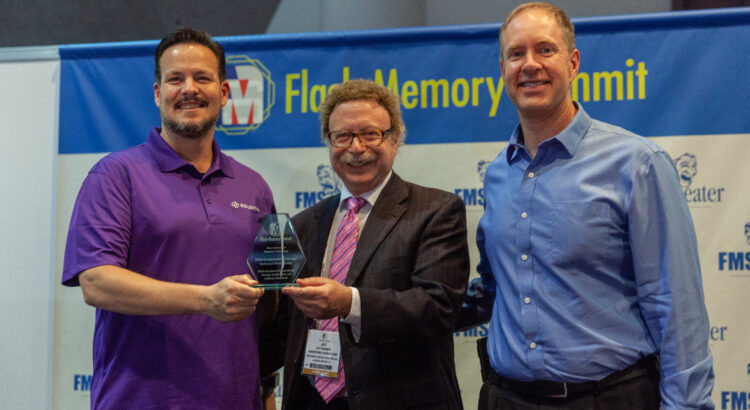
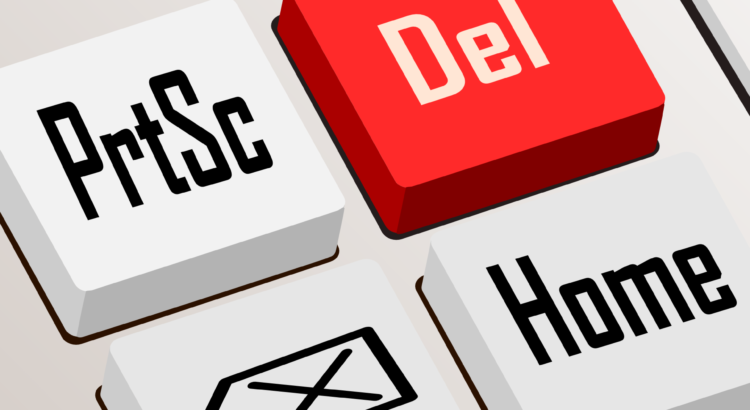
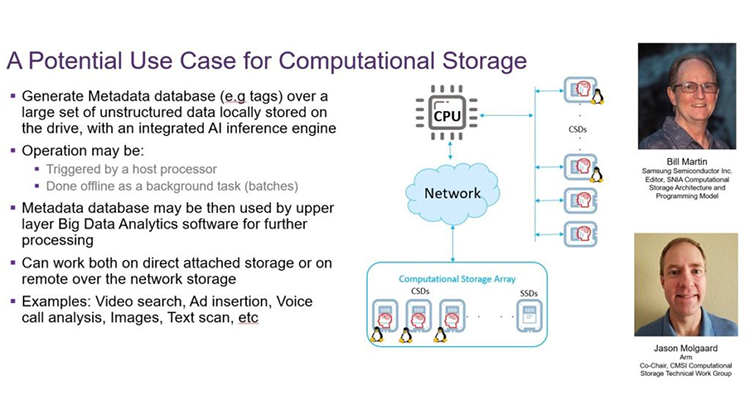
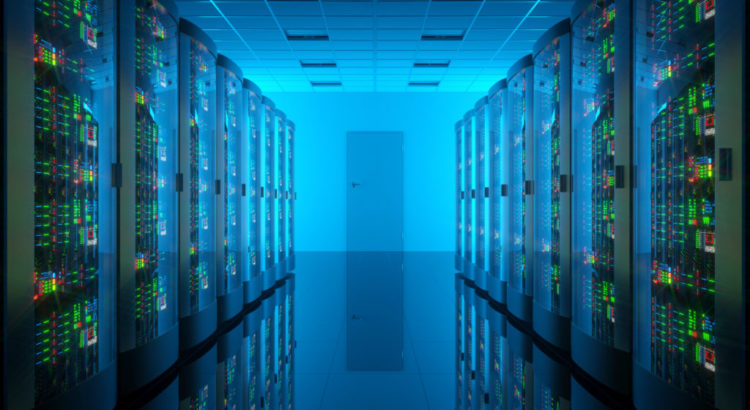
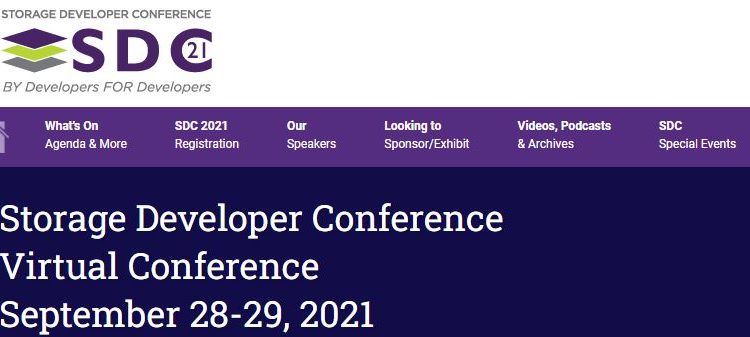
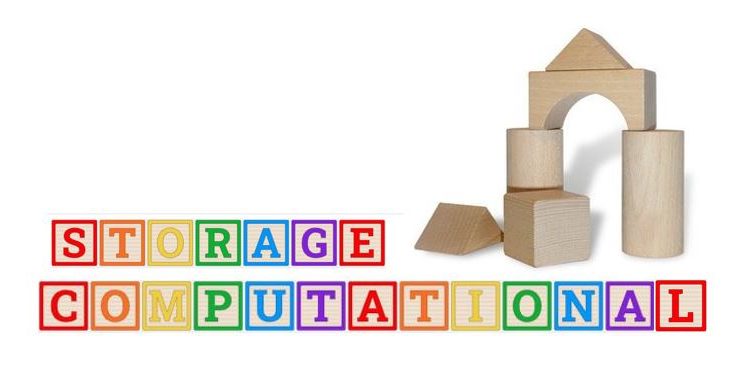
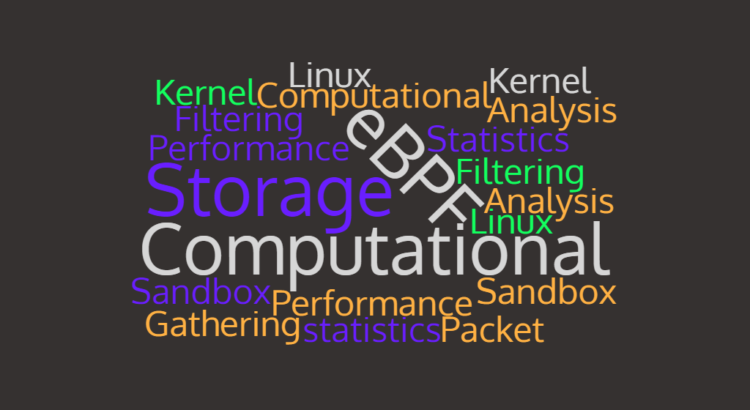
 specification and ecosystem are growing in scope to include full enablement and alignment for NVMe® and NVMe-oF client workloads and use cases. By partnering with other industry-standard organizations including DMTF®, NVM Express, and OpenFabrics Alliance (OFA), SNIA’s Scalable Storage Management Technical Work Group has updated the Swordfish bundles from version 1.2.1 and later to cover an expanding range of NVMe and NVMe-oF functionality including NVMe device management and storage fabric technology management and administration.
The Need
Large-scale computing designs are increasingly multi-node and linked together through high-speed networks. These networks may be comprised of different types of technologies, fungible, and morphing. Over time, many different types of high-performance networking devices will evolve to participate in these modern, coupled-computing platforms. New fabric management capabilities, orchestration, and automation will be required to deploy, secure, and optimally maintain these high-speed networks.
specification and ecosystem are growing in scope to include full enablement and alignment for NVMe® and NVMe-oF client workloads and use cases. By partnering with other industry-standard organizations including DMTF®, NVM Express, and OpenFabrics Alliance (OFA), SNIA’s Scalable Storage Management Technical Work Group has updated the Swordfish bundles from version 1.2.1 and later to cover an expanding range of NVMe and NVMe-oF functionality including NVMe device management and storage fabric technology management and administration.
The Need
Large-scale computing designs are increasingly multi-node and linked together through high-speed networks. These networks may be comprised of different types of technologies, fungible, and morphing. Over time, many different types of high-performance networking devices will evolve to participate in these modern, coupled-computing platforms. New fabric management capabilities, orchestration, and automation will be required to deploy, secure, and optimally maintain these high-speed networks. 